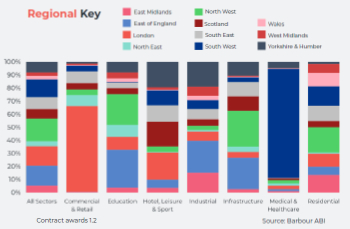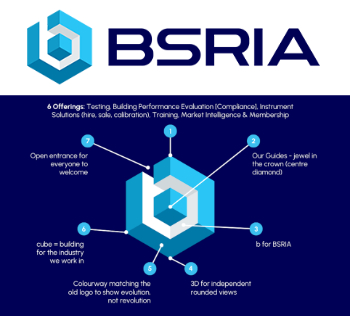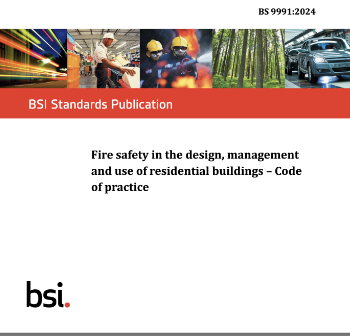Near miss
The Health and Safety Executive (HSE) define a near miss as an event that does not cause harm but that has the potential to cause injury or ill health. It is also be termed a ‘dangerous occurrence’ in the Reporting of Injuries, Diseases and Dangerous Occurrences Regulations 2013 (RIDDOR).
A near miss is characterised by the fact that it is only because of a fortunate break in the chain of events that an injury, fatality or damage has been avoided.
Examples of near misses include:
- A worker tripping over something left on a scaffolding rig but avoiding a fall from height by grabbing hold of a railing.
- A large piece of construction plant being reversed on site without being aware of a worker operating behind.
- Something being dropped from height and nearly hitting workers below.
- Narrow avoidance of injury caused by damaged equipment and property, such as: fractured hand tools, power tools that are not properly earthed, ill-fitting personal protective equipment (PPE), plant with inadequate lights, loose handrails, loose floor plates, dilapidated structures, and so on.
A high proportion of accidents are preceded by one or more near misses. A faulty process or management system is invariably the root cause that leads to the near miss and this should then be the focus of strategies for improvement. By examining near misses when they occur, patterns can be revealed which enable changes to be made.
It is important therefore that workers report all near misses, as, by recognising them and taking corrective action, the number of near misses, as well as actual accidents, can be reduced.
The occurrence of a near miss can encourage site foremen or health and safety officers to conduct a review of safety practices and adopt a strategy to prevent reoccurrence. By discussing near misses and hazards, workers’ awareness is raised and they may be able to identify other potential hazards that should be addressed.
The Reporting of Injuries, Diseases and Dangerous Occurrences Regulations 2013 (RIDDOR) require a responsible person (employers, the self-employed and individuals in control of work premises) to notify and keep records of specified workplace incidents. This includes certain workplace accidents, occupational diseases and certain ‘dangerous occurrences’ (including near miss accidents).
Examples of near miss strategies include:
- Capturing sufficient data for statistical analysis, correlation studies, trending, and performance measurement.
- Providing a convenient opportunity for ‘worker participation’, through toolbox talks for instance.
- Encouraging an open culture in which everyone shares and contributes in a responsible manner to their own safety and that of their colleagues.
[edit] Related articles on Designing Buildings Wiki
- Accident book.
- Accident report.
- As Low As Reasonably Practicable (ALARP).
- CDM.
- Competent person.
- Construction dust.
- Construction health risks.
- Control of Noise at Work Regulations 2005.
- Control of Substances Hazardous to Health (COSHH).
- Crane regulations.
- Emergency plan.
- Environmental health.
- First aider.
- Health and safety.
- Health and safety consultant.
- Health and Safety Executive.
- Hi-vis clothing.
- Incident reporting system.
- Injuries on construction sites.
- Personal protective equipment.
- Risk assessment.
- RIDDOR.
- Safety management.
- What is a hazard?
- Work at height regulations.
[edit] External resources
Featured articles and news
CLC and BSR process map for HRB approvals
One of the initial outputs of their weekly BSR meetings.
Building Safety Levy technical consultation response
Details of the planned levy now due in 2026.
Great British Energy install solar on school and NHS sites
200 schools and 200 NHS sites to get solar systems, as first project of the newly formed government initiative.
600 million for 60,000 more skilled construction workers
Announced by Treasury ahead of the Spring Statement.
The restoration of the novelist’s birthplace in Eastwood.
Life Critical Fire Safety External Wall System LCFS EWS
Breaking down what is meant by this now often used term.
PAC report on the Remediation of Dangerous Cladding
Recommendations on workforce, transparency, support, insurance, funding, fraud and mismanagement.
New towns, expanded settlements and housing delivery
Modular inquiry asks if new towns and expanded settlements are an effective means of delivering housing.
Building Engineering Business Survey Q1 2025
Survey shows growth remains flat as skill shortages and volatile pricing persist.
Construction contract awards remain buoyant
Infrastructure up but residential struggles.
Home builders call for suspension of Building Safety Levy
HBF with over 100 home builders write to the Chancellor.
CIOB Apprentice of the Year 2024/2025
CIOB names James Monk a quantity surveyor from Cambridge as the winner.
Warm Homes Plan and existing energy bill support policies
Breaking down what existing policies are and what they do.
Treasury responds to sector submission on Warm Homes
Trade associations call on Government to make good on manifesto pledge for the upgrading of 5 million homes.
A tour through Robotic Installation Systems for Elevators, Innovation Labs, MetaCore and PORT tech.
A dynamic brand built for impact stitched into BSRIA’s building fabric.
BS 9991:2024 and the recently published CLC advisory note
Fire safety in the design, management and use of residential buildings. Code of practice.























